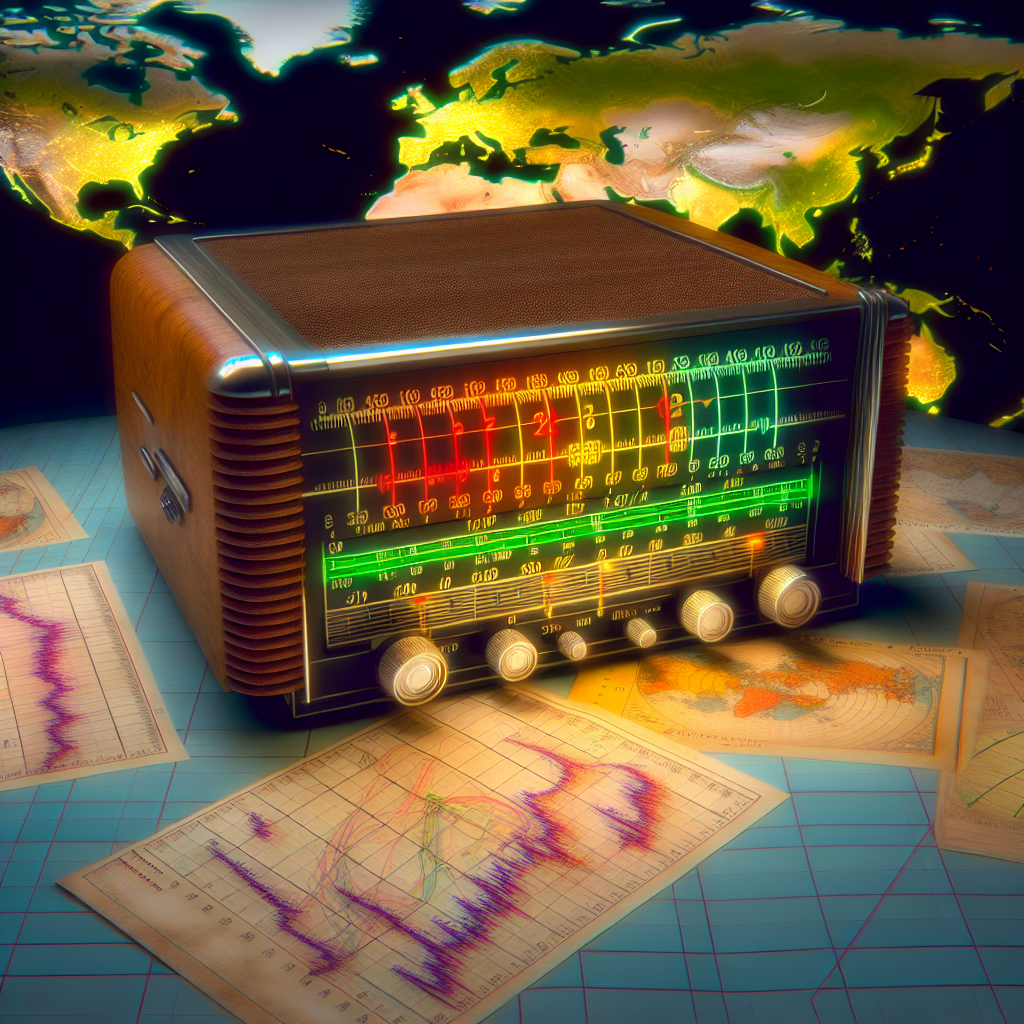Shortwave radio offers a unique and captivating journey into the world of global communication. By understanding radio frequency bands and mastering signal reception, enthusiasts can connect with international news and engage in the rich tradition of DXing.
Introduction to Shortwave Radio
Shortwave radio operates within the high-frequency (HF) band, encompassing frequencies from 3 to 30 MHz. It serves as a critical avenue for global communication, transcending borders and enabling broadcasts that connect people worldwide. The allure of shortwave radio lies in its ability to disseminate international news and information, especially in regions lacking reliable communication infrastructure. In times of crisis, it functions as a vital emergency communication tool, providing updates and assistance during disasters. This unique characteristic underscores shortwave radio’s value in both daily life and disaster preparedness, strengthening community ties across vast distances.
Navigating Radio Frequency Bands
Shortwave radio operates primarily within the high frequency (HF) bands, typically ranging from 3 to 30 MHz. These frequencies allow for long-distance communication through ionospheric propagation, unlike standard AM broadcast, which is confined to lower frequencies primarily for local coverage. This expansive reach makes shortwave a vital tool for ham radio and amateur radio activities, facilitating global contact and information exchange.
Ham operators often utilize specific amateur radio bands within the HF spectrum, engaging in activities like DXing—where enthusiasts seek distant stations—and emergency communication. Antennas and receivers for shortwave, such as the Grundig and Tecsun PL-880, are designed for efficient signal reception, enhancing the overall experience for both casual listeners and dedicated radio amateurs.
Mastering Signal Reception and Antenna Tuning
Mastering signal reception is crucial for optimizing the shortwave radio listening experience, especially with the plethora of portable shortwave radios and digital shortwave receivers available today. To enhance signal clarity, proper antenna tuning is essential; adjusting the antenna length to match the wavelength of the desired frequency can drastically improve reception. Portable models like the **Tecsun PL-880** and **Sony ICF-SW7600** offer built-in features that aid in tuning and optimizing signals.
Utilizing a **digital shortwave receiver** provides advantages such as noise reduction and improved selectivity, further refining the listening experience. For field operators, investment in a high-quality **shortwave radio antenna** can enable better reception in isolated areas, proving invaluable for emergencies and rural communication.
The Art of DXing and Shortwave Listening
The hobby of DXing and shortwave listening captivates enthusiasts, particularly in rural areas where access to diverse information can be limited. Utilizing a range of **amateur radio bands** and **radio frequencies**, dedicated listeners hunt for elusive signals from global broadcasts. With their **portable shortwave radios** or **digital shortwave receivers**, they tune into international news, music, and foreign languages, effectively creating a vibrant tapestry of global communication.
Tracking these signals involves keen attention to **radio propagation** conditions and skillful antenna tuning. DXers meticulously document their findings, often sharing tips on **emergency communication** and survival strategies through shortwave technology. This endeavor not only fosters a deep appreciation for heritage and modern broadcasting but also strengthens rural connectivity in times of need, confirming shortwave radio’s timeless relevance.
From Vintage to Modern: Shortwave Radio Gear
The transition from vintage shortwave radios to modern devices illustrates a remarkable evolution in radio technology. Early analog models, like the classic Grundig and other vintage radios, were celebrated for their simplicity and robust construction. They offered limited tuning capabilities, often requiring users to rely on manual adjustments for signal reception. In contrast, contemporary models such as the Tecsun PL-880 and the Sony ICF-SW7600 boast sophisticated features like digital frequency readouts, enhanced selectivity, and pre-programmed memory channels.
Additionally, the rise of Software Defined Radio (SDR) technology has transformed shortwave listening by allowing users to process signals through software manipulation, enabling precise tuning and a wider range of frequency bands. This leap in technology not only improves signal quality but also democratizes access to international news and emergency communication, bolstering global connectivity in an ever-changing landscape.
Quick Recap
Shortwave radio opens a gateway to global conversations, offering insights into international news, emergency communications, and hobbyist pursuits. Embrace the world of radio frequencies and discover the endless possibilities it offers.

Leave a Reply
You must be logged in to post a comment.